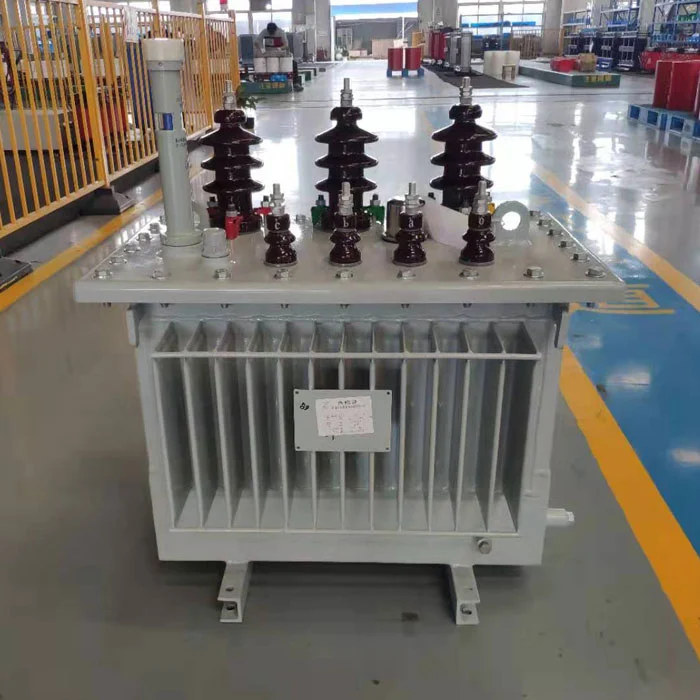
The global power distribution sector is witnessing a surge in demand for 50kVA oil-immersed transformers, driven by rapid industrialization, renewable energy integration, and aging grid infrastructure upgrades. As industries and utilities prioritize reliable and efficient energy distribution, this mid-capacity transformer has emerged as a cornerstone for decentralized power systems, commercial facilities, and rural electrification projects.
Technological Advancements and Efficiency
Modern 50kVA oil-immersed transformers are engineered to meet stringent energy efficiency standards, such as IEC 60076 and IEEE C57.12.00. Manufacturers are incorporating advanced cooling systems, high-grade silicon steel cores, and biodegradable insulating oils to minimize energy losses and environmental impact. For instance, recent designs achieve up to 98.5% efficiency under full load, reducing operational costs for end-users. Additionally, innovations in modular designs allow for easier installation and maintenance, making these transformers ideal for remote or harsh environments.
Market Drivers
The growing adoption of renewable energy sources, particularly solar and wind farms, has amplified the need for robust distribution transformers. A 50kVA oil-immersed transformer is often deployed in solar microgrids to step up generated voltage for grid integration. According to a 2023 report by Grand View Research, the global distribution transformer market—valued at $18.2 billion—is projected to grow at a CAGR of 7.3% through 2030, with oil-immersed variants holding a dominant 65% market share.

Emerging economies in Asia-Pacific and Africa are major growth hotspots. Governments in India, Nigeria, and Indonesia are investing heavily in rural electrification programs, where 50kVA units serve as critical nodes in last-mile power delivery. Meanwhile, in developed regions like Europe and North America, retrofitting aging grids with energy-efficient transformers aligns with decarbonization goals under initiatives such as the EU’s Green Deal and the U.S. Infrastructure Act.
Sustainability Challenges and Innovations
While oil-immersed transformers remain popular due to their durability and overload capacity, environmental concerns about mineral oil leaks have spurred regulatory scrutiny. The EPA and EU directives now mandate stricter containment measures and encourage the use of bio-based or ester fluids as alternatives. Leading manufacturers like ABB, Siemens, and Schneider Electric have launched “green” 50kVA models filled with fire-resistant, biodegradable oils, complying with ISO 14000 sustainability standards.
Competitive Landscape
The market is highly competitive, with key players focusing on customization. For example, Hitachi Energy recently introduced a 50kVA transformer with integrated IoT sensors for real-time monitoring of temperature, load, and oil quality. Chinese firms such as TBEA and Jiangsu Huapeng Transformer are gaining traction by offering cost-effective solutions tailored to developing markets. However, supply chain bottlenecks for raw materials like copper and electrical steel continue to challenge production timelines.
Future Outlook
Industry experts anticipate that hybrid designs—combining oil-immersed cooling with dry-type insulation—will dominate future innovations. Additionally, smart grid advancements will drive demand for transformers compatible with decentralized energy systems and EV charging networks. As urbanization and digitalization accelerate, the 50kVA oil-immersed transformer is poised to remain a vital component in achieving resilient, low-carbon power networks worldwide.